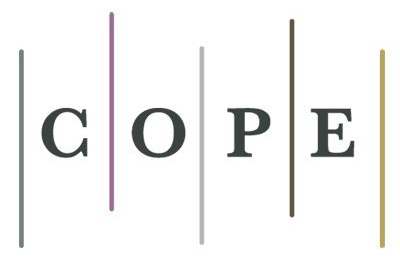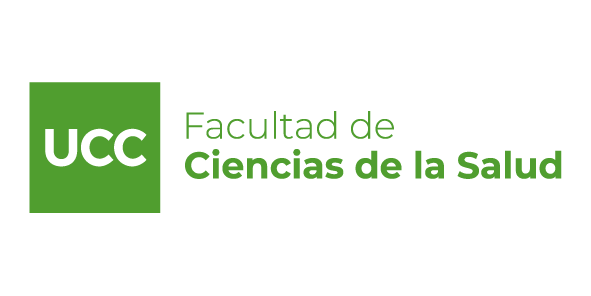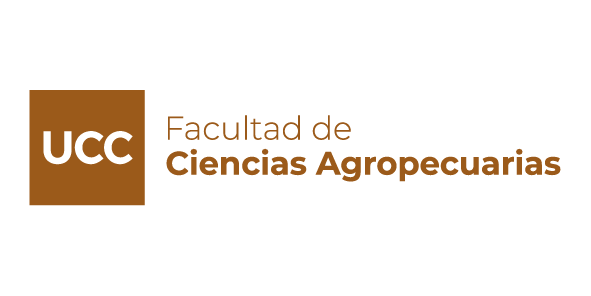Correlation between thyroid elastography and pathological anatomy of thyroid nodules
DOI:
https://doi.org/10.22529/me.2022.7(1)03Keywords:
thyroid nodule, thyroid elastography, TI-RADS, thyroid cancerAbstract
INTRODUCTION: Faced with the high prevalence of thyroid disease and nodules in our population
(Argentina), in the field of clinical practice, the important thing when dealing with a thyroid nodule is to
determine its benign or malignant nature, since its clinical management is very different.
After its clinical detection, an ultrasound is usually performed, which has a fundamental role for the
diagnosis, showing ultrasound signs that indicate benignity or malignancy. For this reason, the TI-RADS
system was developed to classify the probability of malignancy / benignity of thyroid nodules in B-mode
ultrasound imaging and Doppler color.
However, these ultrasound criteria don’t have sufficient sensitivity and specificity, so that in many cases a
cytological examination, the gold standard, is used to confirm the diagnosis. Fine needle biopsy under
ultrasound control is a minimally invasive procedure, but it is not without risks or false negative results.
For this reason, the introduction of elastography for the study of thyroid nodules was proposed with the aim
of increasing the diagnostic performance of ultrasound, and thus being able to choose more carefully which
nodule deserves a cytological study.
Elastography comprises a set of techniques that allow the elasticity of tissues. The hardness and elasticity
values obtained will be directly related to the severity of the pathology: the greater the histological
involvement, the greater the rigidity and therefore the greater the probability of malignancy.
OBJECTIVE: To analyze the diagnostic capacity of elastography, for differences in benign and malignant
thyroid nodules, using the pathological analysis of the cytology obtained by FNA as a reference test.
MATERIALS AND METHODS: Descriptive and retrospective observational study.
Patients of both sexes, of legal age, who attended the Service with an indication for fine needle biopsy
under ultrasound control guided by ultrasound, of a previously diagnosed thyroid nodule (n = 81), in a
period between the months of April 2019, to the month of January of the year 2020 inclusive. All of them
underwent SWE elastography (shear wave elastography) prior to puncture, obtaining values in kPa. 65 kPa
was used as cut-off value (lower values would indicate benignity, and higher values would indicate
malignancy).
RESULTS: Thyroid elastography was performed in 81 patients with a previously diagnosed thyroid nodule,
obtaining 56 benign results, 21 malignant and 4 borderline. In 82.7% of the nodules studied, there was a
correlation between the result obtained by elastography and the pathological one, both benign and
malignant.
CONCLUSION: The probability of malignancy of a thyroid nodule, according to this study, is directly
related to the elastography values. Consequently, SWE elastography makes it possible to predict the
benignity of a nodule and consequently reduce the number of fine needle aspiration punctures.
Published
How to Cite
Issue
Section
License
Copyright (c) 2022 Methodo Investigación Aplicada a las Ciencias Biológicas

This work is licensed under a Creative Commons Attribution-NonCommercial-ShareAlike 4.0 International License.




















